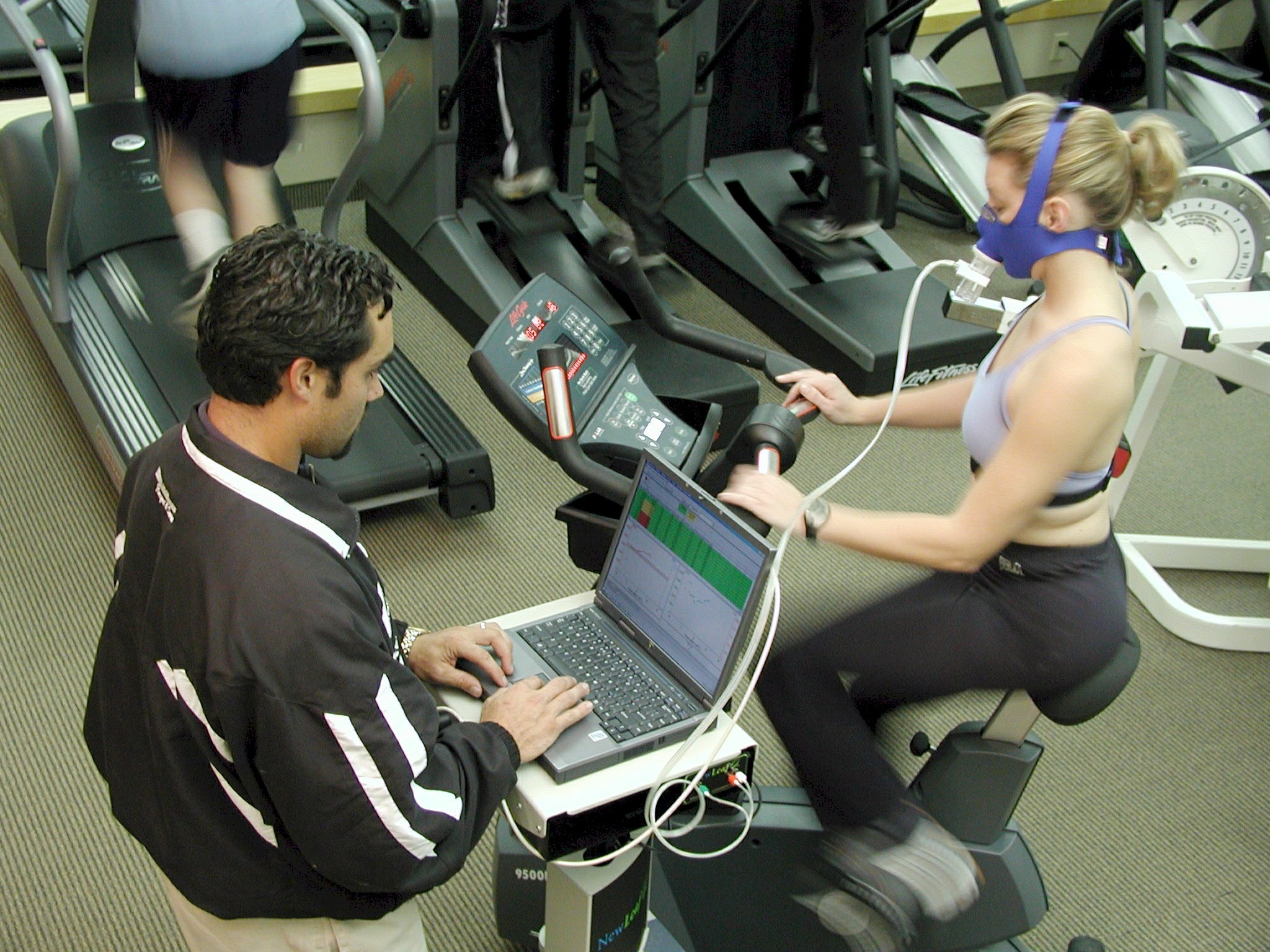

In the above example our man with a predominantly sedentary activity has a total energy requirement of 2775, while physical workers need between 37 kcal per day. So a typical pen pusher has a PAL if 1.4 to 1.5 while farmers, miners, or foresters have a PAL of around 2.0 to 2.4. Therefore, in order to calculate the total energy expenditure, we must use the activity factor with the BMR.įor the sake of simplicity PAL factors (Physical Activity Level) have been defined, and the BMR is simply multiplied by these factors. And even when we are just lying around our energy needs are still above BMR level. Now, most people don't spend the whole day lying around on the couch – even if it's very tempting – we actually go to work, play sport and are active in many different ways. WHO weight classifications for adults BMIĬalculate your actual calorie requirements In the more exact version the upper and lower thresholds for men are estimated somewhat higher than for women, since men as a rule have a higher muscle mass in comparison to body weight. In the simplified version gender is not taken into account. The World Health Organisation (WHO) categorises BMI as underweight, normal weight, overweight, and obese. The BMI is calculated by taking the weight in kilograms divided by the height in metres squared: In individual cases this value can however be misleading, which is why the so-called waist-to-hip ratio can be used to make an assessment – but this is another topic. The BMI (Body Mass Index) is the ratio of height to weight and is used and an indicator of being normal weight or overweight. For the same reason, women have a lower BMR, since in comparison to men, they have a lower muscle mass. The older we get, the lower our BMR, since the proportion of muscle mass to body weight drops. The higher this value, the higher the BMR Of course, age and gender also play a role.

It is obvious that: The BMR correlates with age, weight and height and thus also with the Body Mass Index (BMI).


 0 kommentar(er)
0 kommentar(er)
